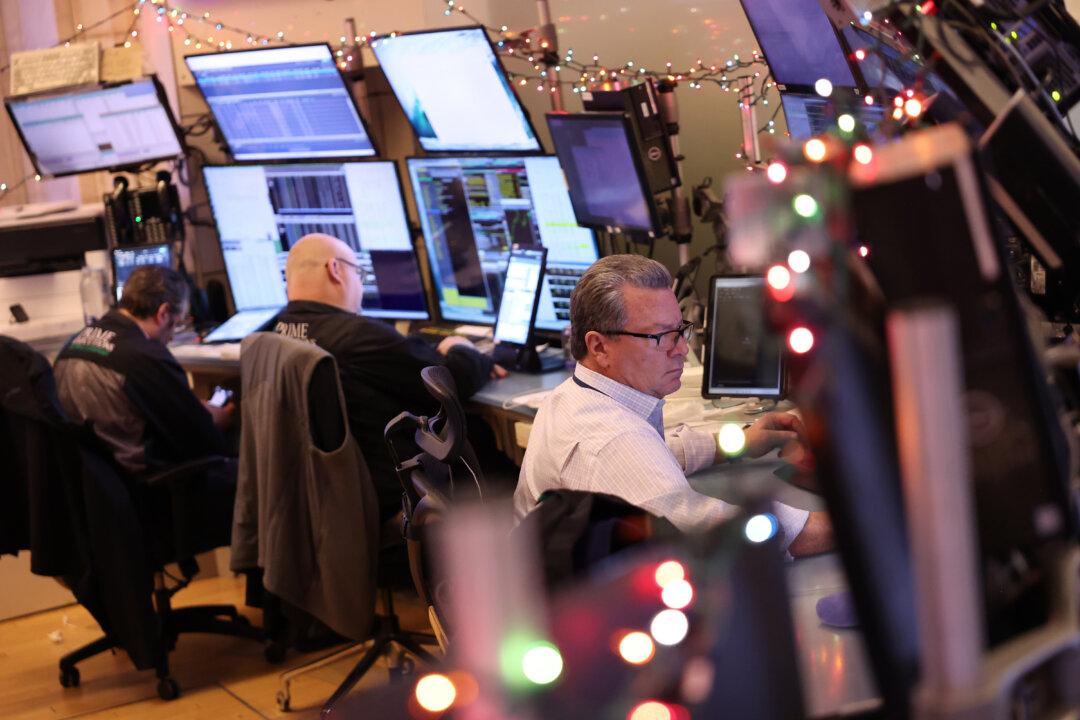Stock markets in the United States are ending the year with significant gains, with 10 out of 11 sectors in the S&P 500 Index seeing positive returns.
All three major indexes have made gains this year. The S&P 500 Index was up 24.54 percent at the end of Dec. 30. The Dow Jones Industrial Average was up 12.88 percent, while the Russell 200 Index, which measures small-cap stocks, has risen by 10.68 percent. NASDAQ, reflecting trends in the tech industry, gained almost 32 percent.





